The *very* southern end of Yarrie Station
Host: Yarrie Station
Written by Colin and Corrina Lewis – Managers, Tamangunyah Farm.
Yarrie also runs in conjunction with a farming property 1400km south in the state’s mid-west. This region has an opposite growing season to the north, with most rain falling from May to September, meaning in a perfect season our operation has access to both the northern and southern rainfall pattern. We send a selection of cattle south every year to value add. This is one of Outback Beef’s risk strategies for a variable Pilbara climate; it also helps spread cash flow throughout the year with a more even sale pattern. It also allows us to add kilograms to our animals more quickly due to the intense pastures and crops that this area is able to grow.
This year Yarrie has only received 50mm (usually 300mm) for the whole wet season, meaning the southern farms are very important to help our business and animals survive this dry spell in the north. So far the farms have had an excellent early start and the crops are powering away which is a great relief for both the cattle and people! Colin and Corrina are a vital part of our team looking after this property and all the stock we send to them through the mustering season. Here is their story at the southern end of Yarrie.
Hi, our names are Colin and Corrina Lewis. We have been managing Tamangunyah Farm at Badgingarra since January 2015. Previously we were working in a feedlot in South Australia and running our own yard building business.
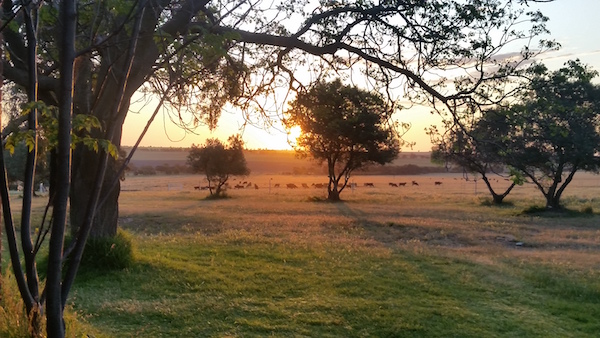 Cattle in the sunset at Tamangunyah Farm.
Cattle in the sunset at Tamangunyah Farm.
We have a fairly long association with the Coppins and Yarrie Station. I started working for Annabelle’s parents in 1991 and met my wife Corrina there in 2000. We left in 2001 and came back to work for Annabelle last year.
Since our return we have built a 500 head holding and feeding facility that we use to spell cattle in after being trucked from Yarrie. We also finish off our sale cattle in there by feeding them pellets.
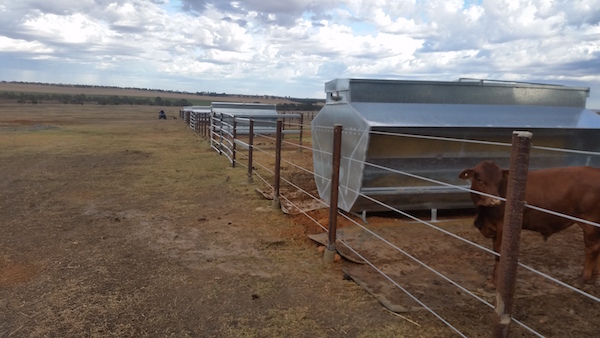 The new feeding yards.
The new feeding yards.
Every year we can receive up to 1500 head from Yarrie. This year being so dry at Yarrie it could be more.
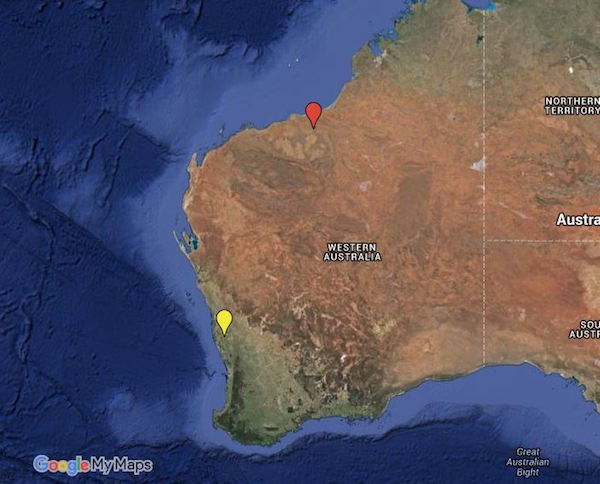 Map showing Yarrie Station (red bubble) and Tamangunyah Farm (yellow bubble).
Map showing Yarrie Station (red bubble) and Tamangunyah Farm (yellow bubble).
The cattle we receive range from old cows to very young calves that had to weaned early (due to the poor season). We feed these little fellas special pellets until they are strong enough to go out onto pasture. Also weaner bulls, heifers, and steers that need to grow out. Most of them are here at the farm for a minimum of six months, and some up to 18 months.
In addition to the weaners and older cows, we have a herd of joiners – a better type heifers that run with two Droughtmaster bulls. These girls will eventually go back to Yarrie to help improve the herd up there.
There is also a mob of ‘Killers’. These get sent to Gin Gin abattoir and custom killed and then sold under the Outback Beef brand.
We have started on an intensive pasture renovation program with 66 hectares of perennial grass planted last year and 500 hectares of fodder crops put in this year. We make our own hay for the farm and small round bales that go north to Yarrie in cattle trucks.
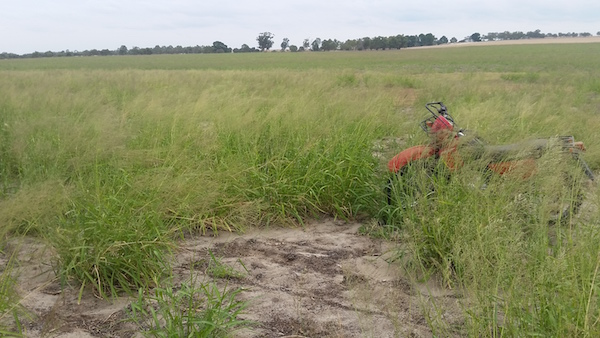 The new pastures thriving.
The new pastures thriving.
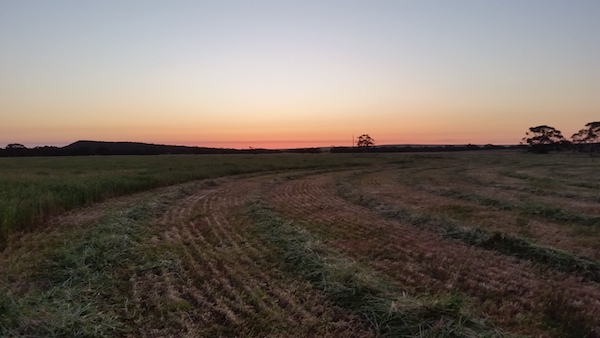 Making hay.
Making hay.
There are always constant improvements happening with new fences, upgrading the water systems, better pastures, and better infrastructure. So between doing all that and receiving four decks of cattle a week during mustering it’s not exactly a laid back farm lifestyle, but it keeps us busy and you get a buzz out of seeing the stock improving all the time. There is also a real sense of achievement when you send off stock that came in pretty much as unmarketable to being a premium product.
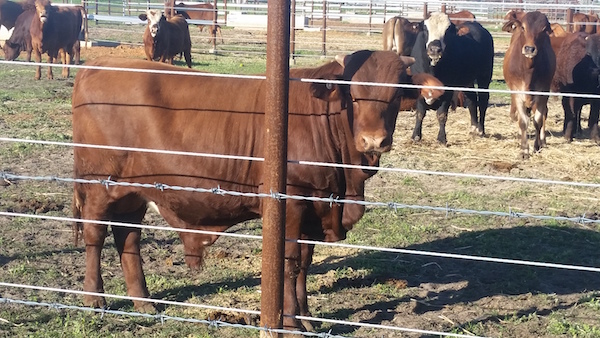 A pen of bulls, after being at the farm for a time.
A pen of bulls, after being at the farm for a time.
